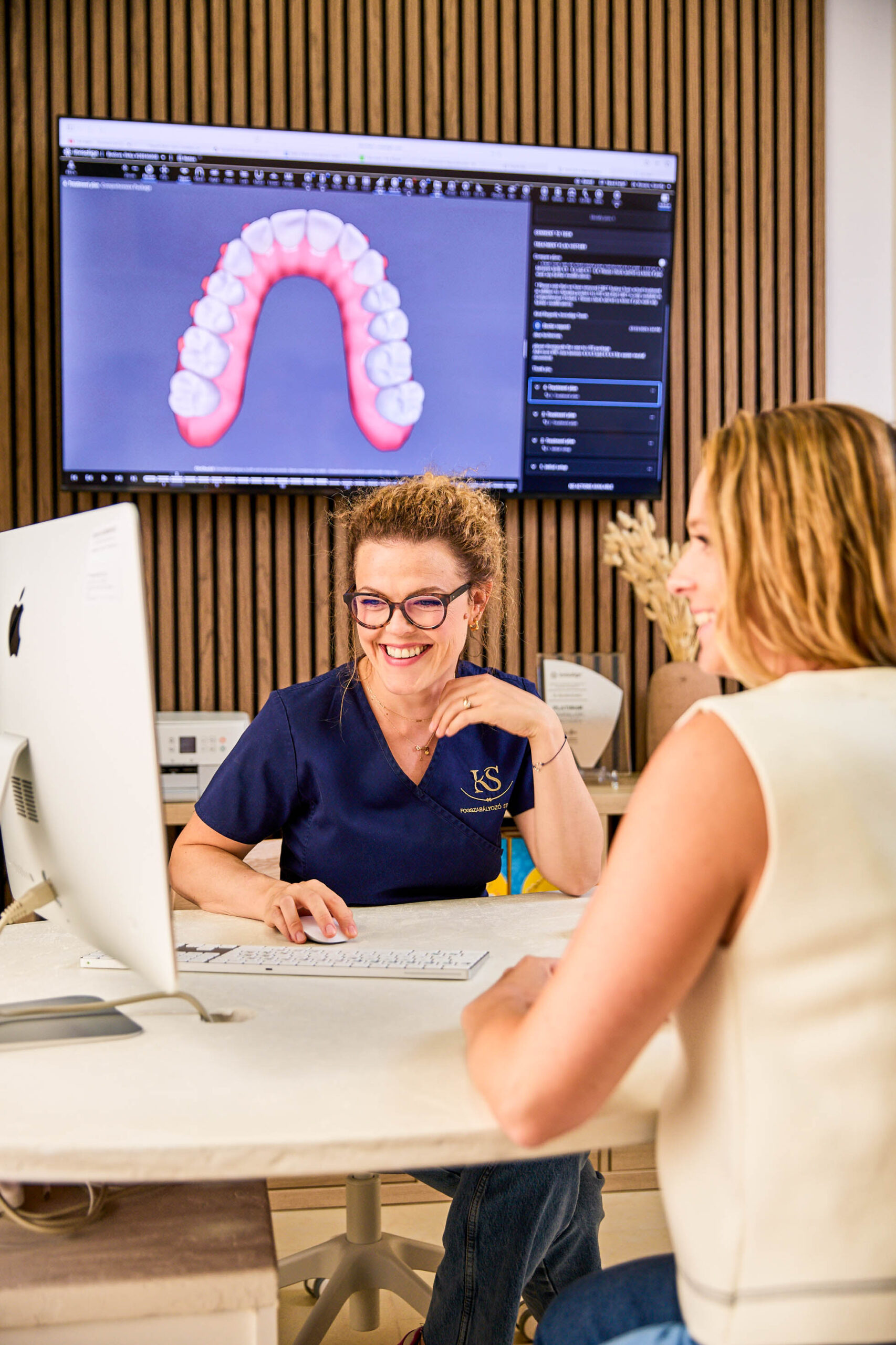Unfortunately, a significant proportion of adult people have some form of tooth loss, this is mainly due to extracted and unreplaced large molars from childhood. With partial orthodontic treatment, we can provide a much more favourable environment for future dentures, in addition to adjusting the bite.
Orthodontics instead of dentures
On the one hand, there is the possibility of setting of impacted teeth next to a shortageto correct their axle position. During mastication, these teeth are subjected to lateral forces, rather than the correct axial forces, so that their life span can be significantly increased, avoiding premature tooth loss. In addition, filling the gap is easier, the teeth can be placed in an ideal position implants, the lifespan of dental work is also increased.
On the other hand, in many cases, the use of existing teeth with gap closures, usually with the use of orthodontic mini-screws, the gaps in the teeth can be partially or completely eliminated. In this way, the number of necessary restorations can be reduced or, if the conditions are right, the gaps can be eliminated completely.
Of course, a sufficient number of teeth is required for perfect chewing function, so these treatments are usually used at a younger age or when one or two teeth are missing.
Full and partial treatment
If the treatment is only aesthetic, it is enough to move the six front teeth, so in this case these teeth are covered by the partial. It may be the case that only one or a few teeth are affected by a bite discrepancy, in which case it is sufficient to move these teeth. A partial brace may also be sufficient to prepare for prostheses/implants - tooth alignment, gap opening, gap closing, etc. Device.
Of course, the fixing of other teeth on the same arch, or of teeth on the other arch that are not moved, is partial braces is required, either with a fixed attachment, usually with a metal wire bonded to the non-moving teeth and holding them firmly in place, or with a removable auxiliary device, the so-called deep-drawn splint.
Since isolated orthodontic abnormalities are rare, the partial braces appliances have a much smaller application area in orthodontic practice than full appliances.











